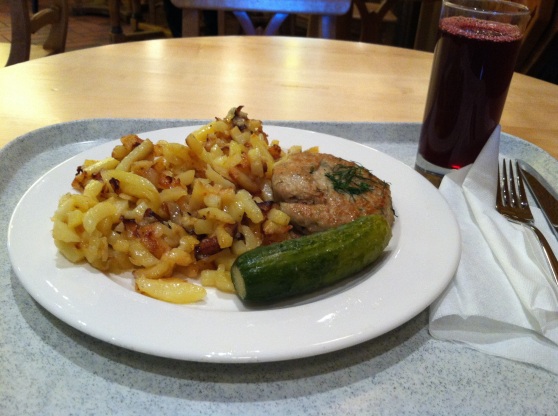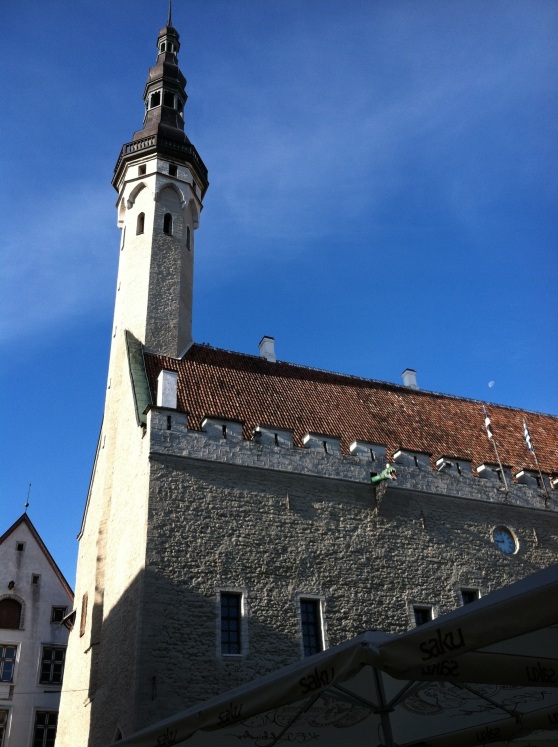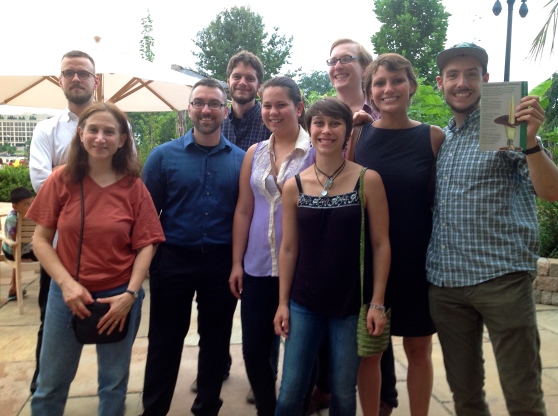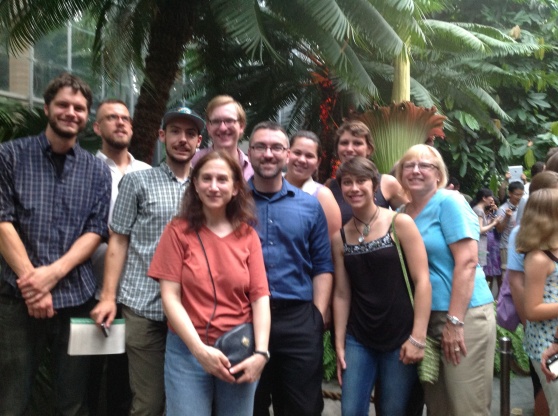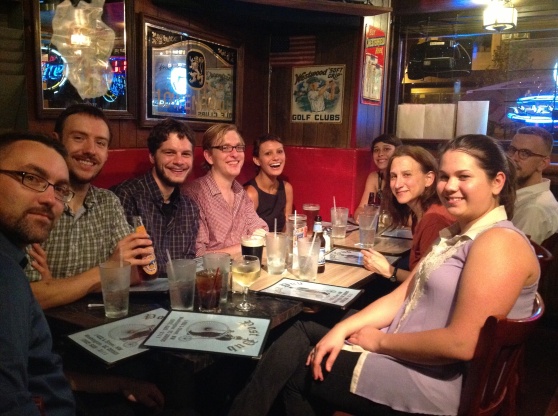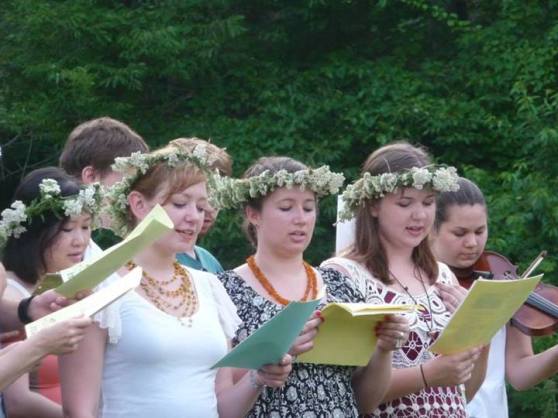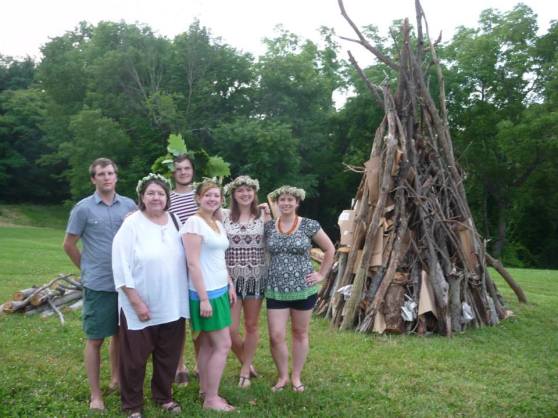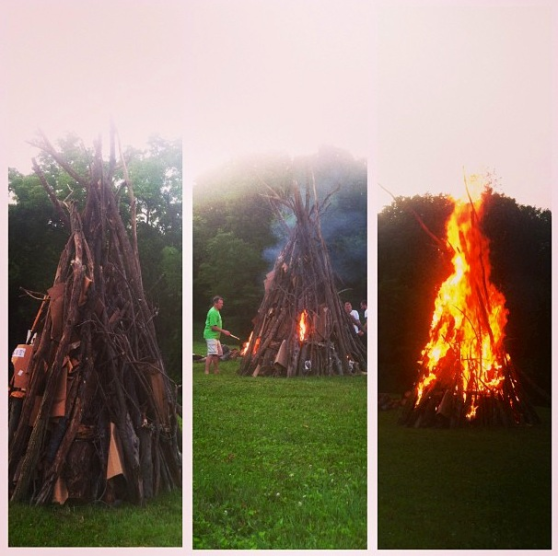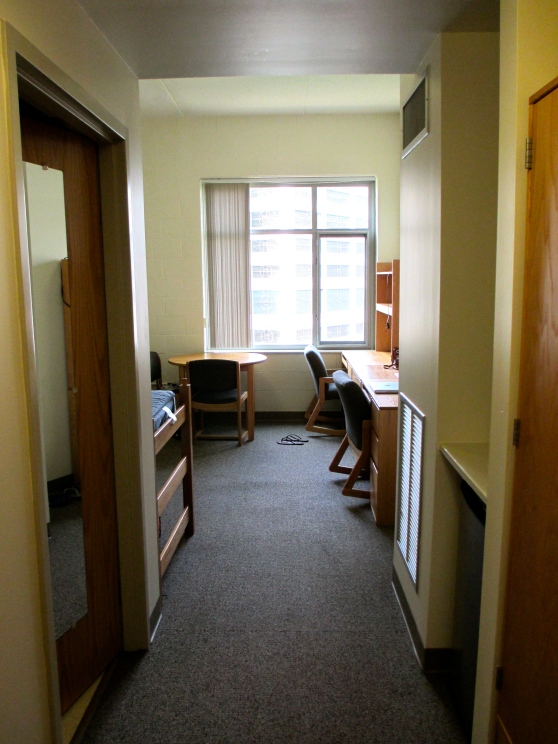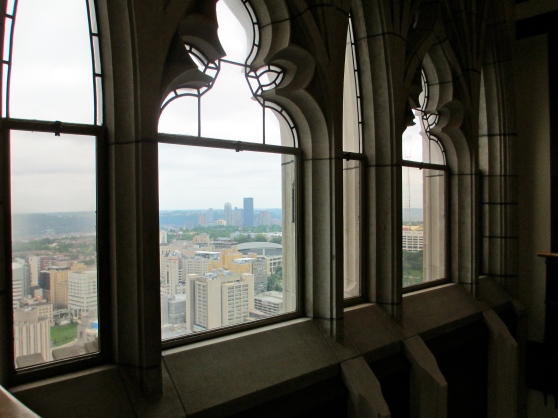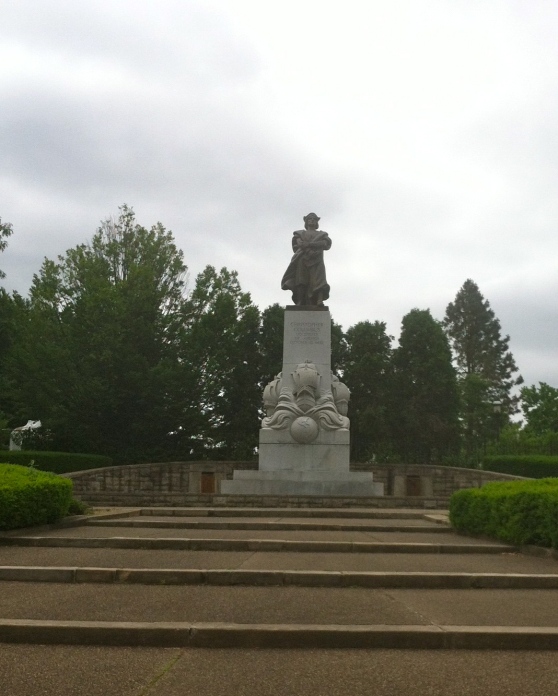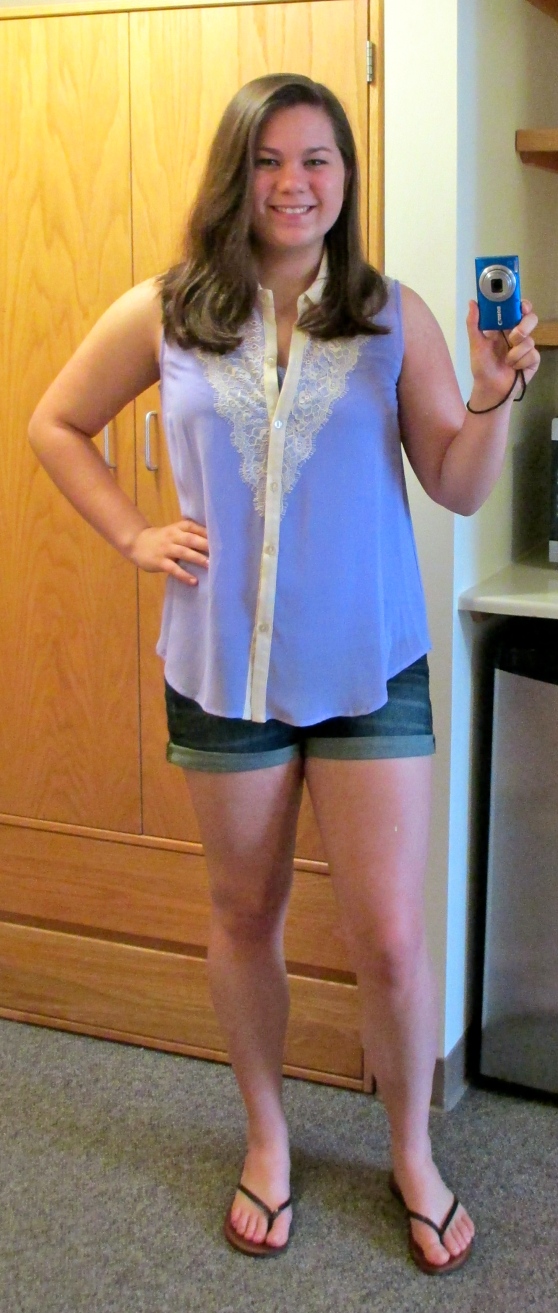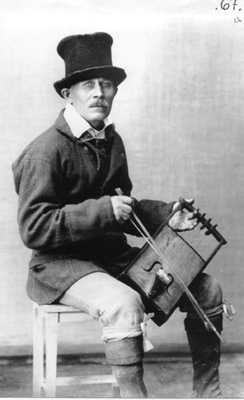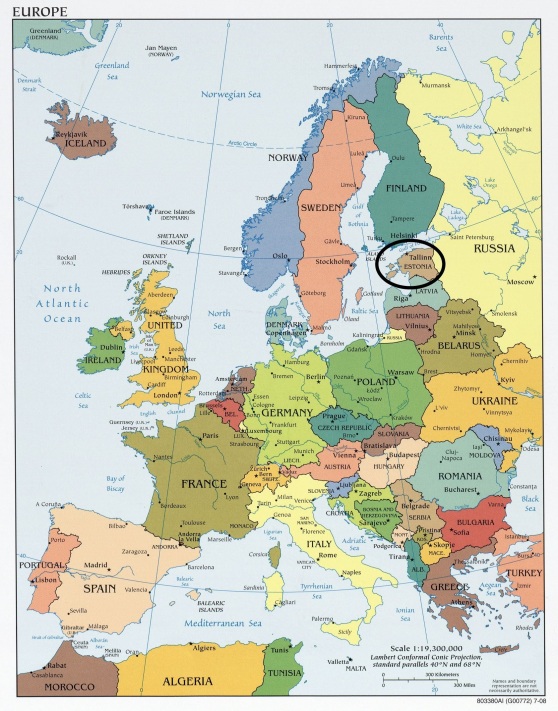I am sitting in Town Hall Square in Old Town Tallinn having just finished my coffee. I figure I should write about my journey to Estonia now before my thoughts on the experience are replaced by new experiences in Tallinn.
The plane ride was definitely the longest I have ever been on. I flew LOT Polish Airlines, which means I have heard more Polish in the last two days than in my entire life. On the plane I sat next to two nice women, one of whom was from the Ukraine and spoke a little English. The other did not, but we exchanged lots of smiles and hand gestures during our eight hours together. In fact when we were leaving she thanked me for helping her get her bags from the overhead compartment and grabbed my hand to pull me down for a kiss.
In front of each seat was a touch screen that allowed you to track the flight, watch movies, listen to music, play games, etc. As much as I tried to help the woman sitting next to me, the system seemed very perplexing to her.
On the plane we were given two nice meals and as far as airplane food goes, I am not complaining. I tried to sleep on the plane, knowing that it would be day time when I arrived, but despite my exhaustion, sleep was just not in the cards.
When I got to the airport in Warsaw I had to go through the passport check and security. I had to wait a little bit and my backpack had to be double checked after taking out more of my electronics, but all-in-all it was pretty simple.
After using the bathroom and buying a Polish candy bar and bottle of water I headed to the small terminal at the very back of the airport. You have no idea how happy I was to hear people speaking Estonian!
This second flight was rather short and I arrived at the airport with no problems. It is the smallest, quietest airport I have ever been in. I waited at what appeared to be the only baggage claim conveyor belt and retrieved my luggage. Just as I was wondering why I didn’t have to go through customs yet, an Estonian man pulled me aside. I was the only person going through customs and it was very quick. He checked my passport, put my luggage through the machine, asked me why I was here, and then sent me on my way. Definitely much simpler than going through customs in Jamaica!
Taking a taxi was super simple too. I checked into my hotel and then found a place to eat thanks to the suggestion of the hotel receptionist. Now after a goodnight’s sleep, an excellent breakfast, and a quick walk through Old Town, I am sitting people-watching and, I admit, eavesdropping a bit on the English-speaking tourists sitting at the next table. I can’t wait to meet up with my teacher from this summer and get shown around by a real Estonian. The later today I will be off to meet people at the US Embassy.
